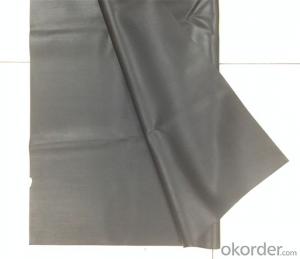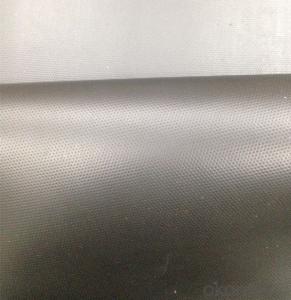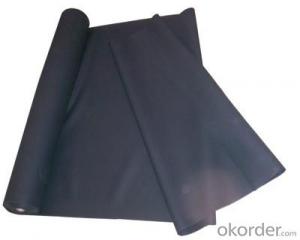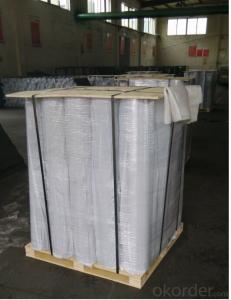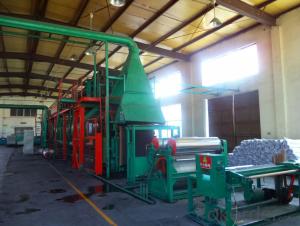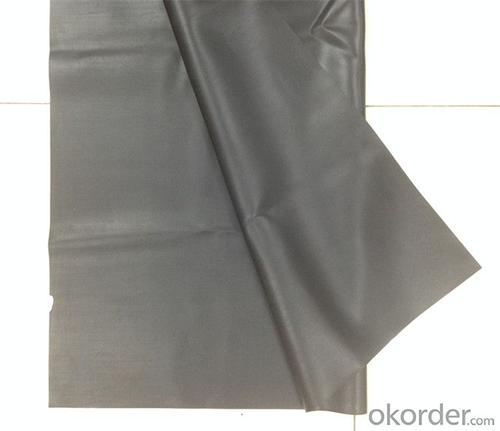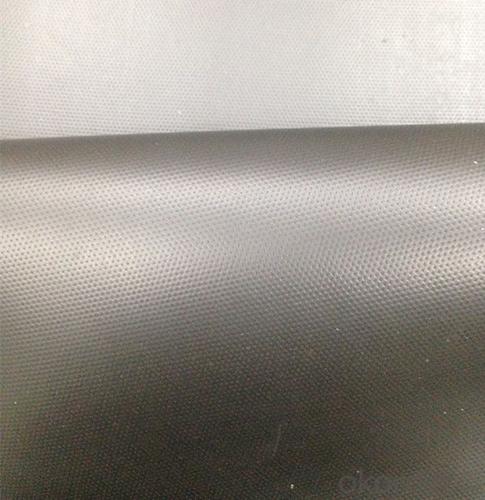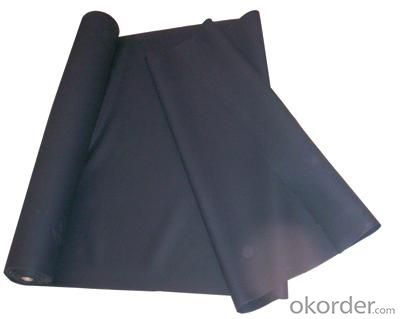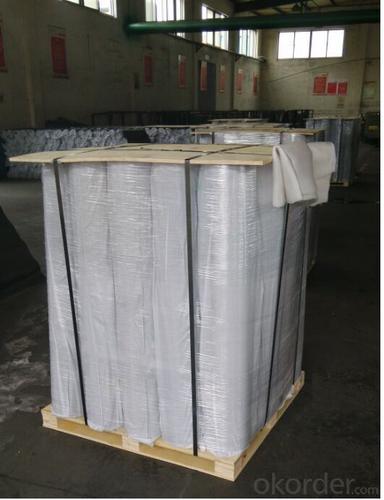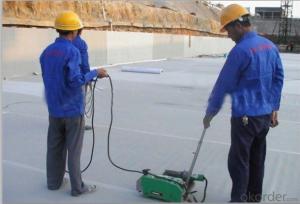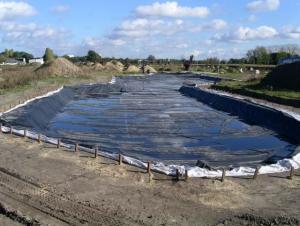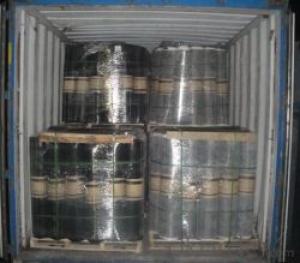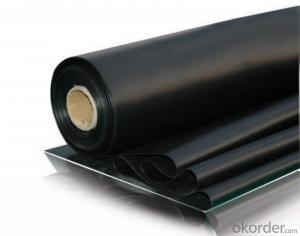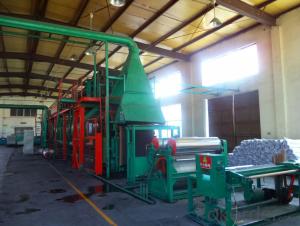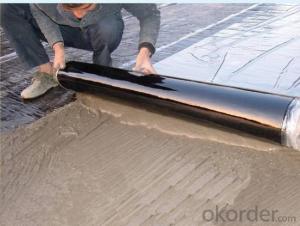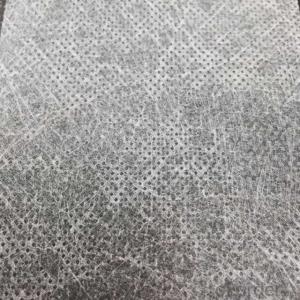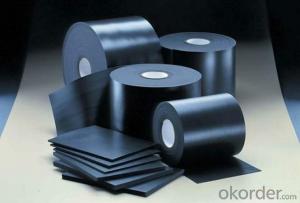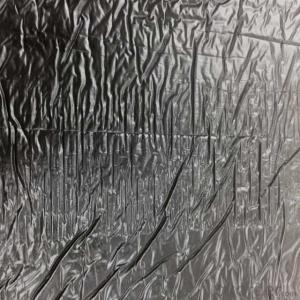EPDM Rubber Waterproof Membrane NO.1 CMAX
- Loading Port:
- Qingdao
- Payment Terms:
- TT OR LC
- Min Order Qty:
- 3500 m²
- Supply Capability:
- 200000 m²/month
OKorder Service Pledge
OKorder Financial Service
You Might Also Like
EPDM Rubber Waterproof Membrane
Product Instruction:
EPDM waterproof membrane is made from ternary ethylene-propylene rubber,which is designed for waterproofing of exposed and non-exposed applications. EPDM waterproof membrane is of high elasticity among high polymer waterproof materials and becomes a world-popular waterproofing material.
CNBM own the wold-advanced equipment of cold feeding extrusion and continuous vulcanization technology. With the best performance among high polymer waterproof materials, EPDM is of exceptional elasticity and will not split or cracked under normal building movement.
Product Features:
-Excellent weather-ability, durability and size stability
-Good adaptability to high and low temperature, UV resistant and anti-corrosion
-High tensile strength and good elongation, accommodating to structure movement
-Easy installation, solid joint, and mo environmental pollution
-Good rooting penetration resistance
-Service life up to 50 years
Applications:
-Roof, basement, tunnel, pond liner, dam
-Industrial and civil building waterproofing
-Geosynthetic liner for fish ponds, swimming pools, channels, irrigation system
-Especially suitable for projects with high requirement in durability, anti-corrosion and deformation
Specifications:
-Width of roll: 1.2m, 2m, 4m
-Length of roll: 20m, 30m or customized
-Thickness of membrane: 1.2mm, 1.5mm, 2mm
-Type: vulcanized EPDM or welding EPDM
-Application: roof, basement, pond, lake, swimming pool, steel structure roofing, underground, tunnel, etc
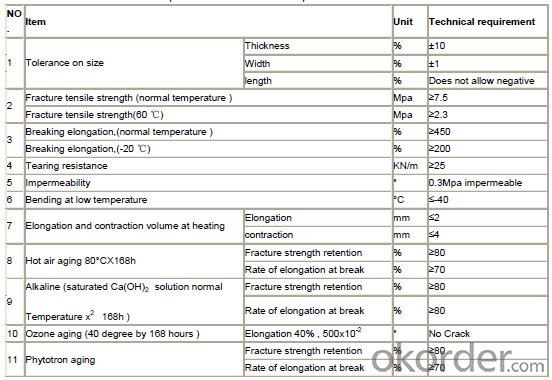
FAQ:
1. Is your EPDM waterproof membrane the real rubber?
Yes, our EPDM membrane is made from top quality rubber, which is imported from America. We support samples for testing, or testing in our factory.
2. How's your products quality?
Our EPDM is with the top quality at home and abroad. Our quality is much higher than Chinese standard. Our product is widely used in Chinese Central government projects. And it's also accpted by customers all over the world, such as EU, USA, Astrulia, etc.
3. What's the service life of your EPDM membrane?
The service life of our EPDM membrane is more than 50 years.
4.What's your MOQ?
Our MOQ is 3000M2.
5. What's your product ability of EPDM membrane?
We own the largest EPDM production line in China. Our product ability of EPDM membrane reaches 2 million square meter per year.
Photos:
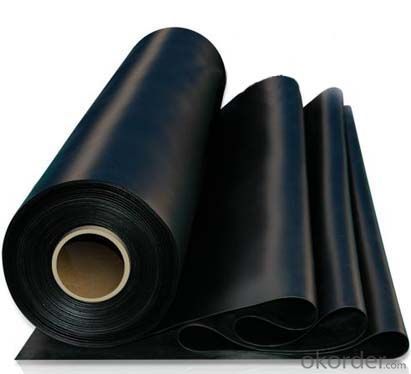
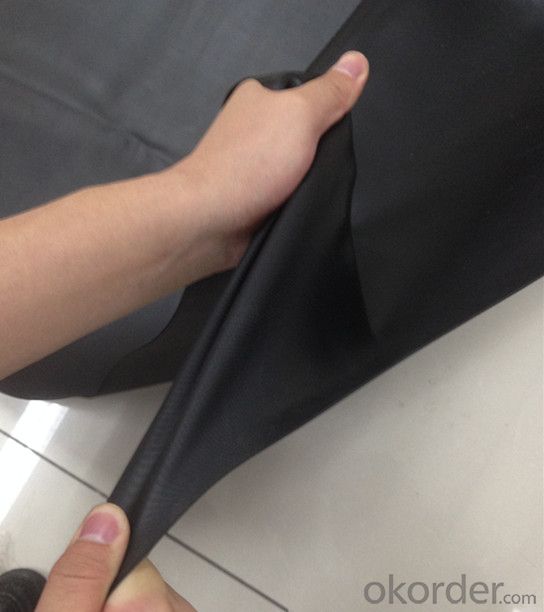
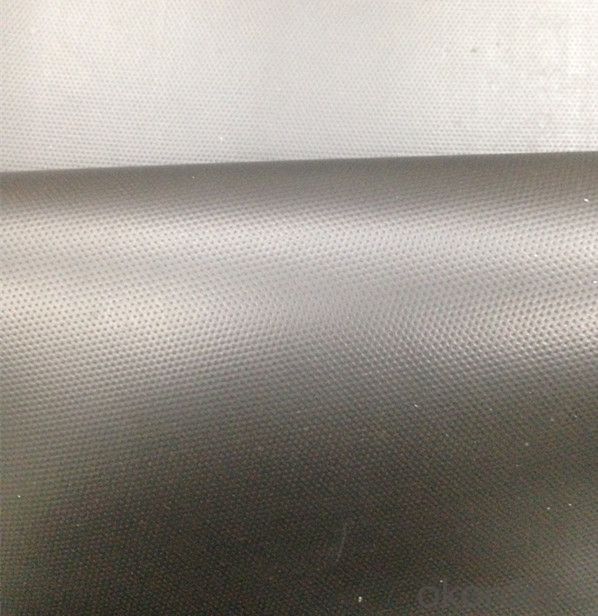
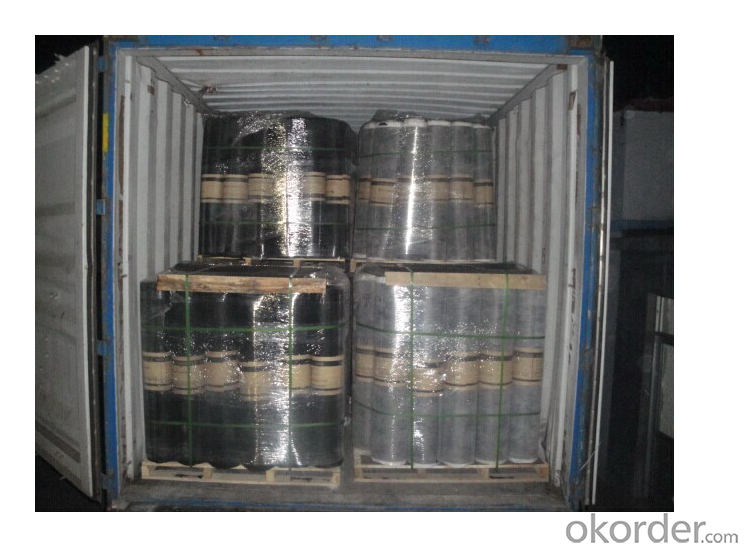
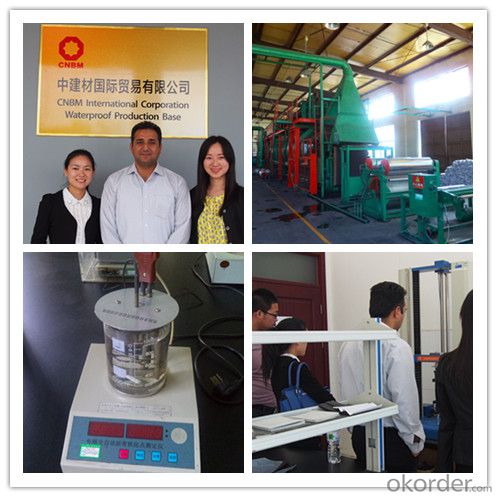
- Q: Can a waterproofing membrane be used for concrete tank linings?
- Concrete tank linings can make use of waterproofing membranes, which are frequently employed in construction to obstruct water penetration and offer a protective shield. By applying a waterproofing membrane to the inner surfaces of a concrete tank, the infiltration of water and subsequent harm can be effectively averted. This becomes especially crucial for tanks that store fluids or chemicals, as any leakage can result in contamination or structural decay. By utilizing a waterproofing membrane, the tank can be shielded against water ingress, guaranteeing its durability and preserving its structural soundness.
- Q: Is a waterproofing membrane resistant to hydrostatic pressure?
- Yes, a waterproofing membrane is resistant to hydrostatic pressure. A waterproofing membrane is designed to create a barrier against water and prevent it from penetrating through the foundation or structure. It is specifically engineered to withstand and resist the pressure exerted by water in soil or other external sources. This resistance to hydrostatic pressure is achieved through the use of durable and impermeable materials, such as rubberized asphalt or polyethylene, that are able to withstand the force of water pushing against them. The membrane is also installed in such a way that it creates a continuous and seamless layer, further enhancing its ability to resist hydrostatic pressure. Overall, a properly installed waterproofing membrane can effectively protect a structure from water intrusion, even under significant hydrostatic pressure.
- Q: Can a waterproofing membrane be used for water features or fountains?
- Yes, a waterproofing membrane can be used for water features or fountains. Waterproofing membranes are specifically designed to prevent water from penetrating through surfaces, making them an ideal choice for water-related applications. These membranes create a barrier that keeps water contained within the desired area, preventing leaks or seepage. Additionally, some waterproofing membranes have additional properties such as resistance to UV rays and chemicals, which can be beneficial in water features or fountains that are exposed to sunlight or treated with water treatment chemicals. Overall, using a waterproofing membrane ensures that water features or fountains remain watertight and functional.
- Q: Can waterproofing membranes be used on roofs with slopes?
- Yes, waterproofing membranes can be used on roofs with slopes. These membranes are designed to provide a protective barrier against water infiltration and are commonly used on roofs with varying degrees of slope to prevent leaks and water damage.
- Q: Are there any specific building code requirements for using a waterproofing membrane?
- Yes, there are specific building code requirements for using a waterproofing membrane. Building codes vary by jurisdiction, but most require that waterproofing membranes meet certain standards and be installed in accordance with manufacturer instructions. These codes often specify the type of membrane that should be used, the minimum thickness, and the method of installation. For example, the International Building Code (IBC) mandates that waterproofing membranes be listed and labeled by an approved testing agency. The code also requires that the membrane be installed in a manner that provides continuous protection and is capable of withstanding anticipated structural movements and environmental conditions. In addition to the type and installation requirements, building codes may also dictate the testing and inspection procedures for waterproofing membranes. This ensures that the membrane is properly installed and will effectively prevent moisture intrusion, protecting the building from potential damage and deterioration. It is important to consult the local building code or work with a qualified professional to determine the specific requirements for using a waterproofing membrane in a particular jurisdiction. Compliance with these requirements is crucial to ensure a safe and durable waterproofing system that meets the necessary standards.
- Q: Can a waterproofing membrane be used in parking garages?
- Yes, a waterproofing membrane can be used in parking garages. It is commonly used to protect the structure from water damage, such as leaks and corrosion, which can be caused by water infiltrating through the concrete. A waterproofing membrane helps to create a barrier that prevents water penetration, ensuring the durability and longevity of the parking garage.
- Q: Can a waterproofing membrane be used for a restaurant?
- Indeed, a restaurant can utilize a waterproofing membrane. This protective layer is employed on surfaces to impede the ingress of water. When situated in a restaurant, where copious amounts of water are employed in spaces like kitchens, dishwashing areas, and bathrooms, a waterproofing membrane can prove advantageous by averting water damage and moisture-related predicaments. It has the capability to be applied to walls, floors, and ceilings, thereby constructing a barrier against water, guaranteeing the restaurant's infrastructure's endurance and sturdiness. Furthermore, a waterproofing membrane can contribute to maintaining a spotless and sanitary environment by deterring the growth of mold and mildew, both of which are detrimental to both the establishment's structure and the occupants' health.
- Q: Is a waterproofing membrane resistant to saltwater or other corrosive substances?
- Waterproofing membranes, in general, have the ability to resist saltwater and other substances that cause corrosion. These membranes are created to act as a barrier against moisture and water intrusion, offering protection against corrosive agents. The materials commonly used to manufacture these membranes, such as modified bitumen, PVC, EPDM, or TPO, naturally possess resistance to saltwater and other corrosive elements. Some manufacturers may even add extra layers or coatings to further enhance the membrane's ability to resist corrosive substances. Nevertheless, it is important to consider that the degree of resistance can vary depending on the specific type and quality of the waterproofing membrane employed. Therefore, it is crucial to select a high-quality membrane that is specifically designed for the intended application, whether it be in saltwater environments or areas exposed to other corrosive substances.
- Q: Can a waterproofing membrane be used on precast stone surfaces?
- Yes, a waterproofing membrane can be used on precast stone surfaces. Precast stone surfaces, like any other concrete or masonry surfaces, are susceptible to water infiltration, which can cause damage over time. Applying a waterproofing membrane on the precast stone surface can help prevent water penetration and protect the stone from moisture-related issues such as cracking, spalling, and efflorescence. The membrane forms a barrier that blocks water from seeping into the stone while still allowing it to breathe and release any trapped moisture. It is important to choose a waterproofing membrane that is compatible with the precast stone material and follow the manufacturer's instructions for proper application.
- Q: Can a waterproofing membrane be used on foam block surfaces?
- Yes, a waterproofing membrane can be used on foam block surfaces. The membrane acts as a protective barrier, preventing water penetration and ensuring the foam blocks remain waterproof.
Send your message to us
EPDM Rubber Waterproof Membrane NO.1 CMAX
- Loading Port:
- Qingdao
- Payment Terms:
- TT OR LC
- Min Order Qty:
- 3500 m²
- Supply Capability:
- 200000 m²/month
OKorder Service Pledge
OKorder Financial Service
Similar products
Hot products
Hot Searches
Related keywords
